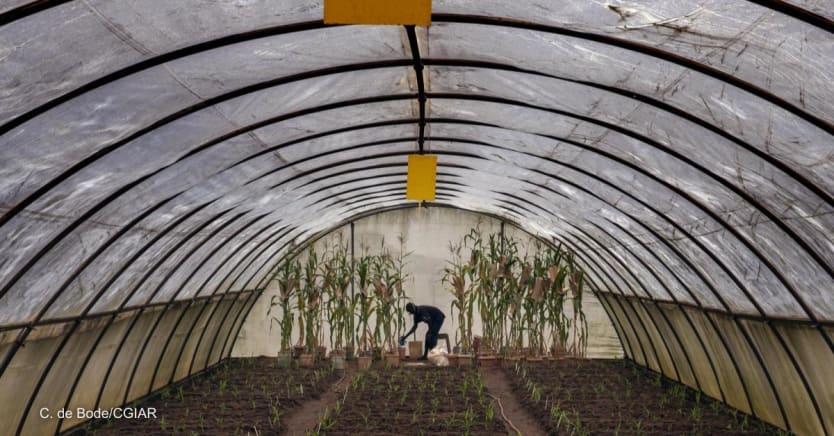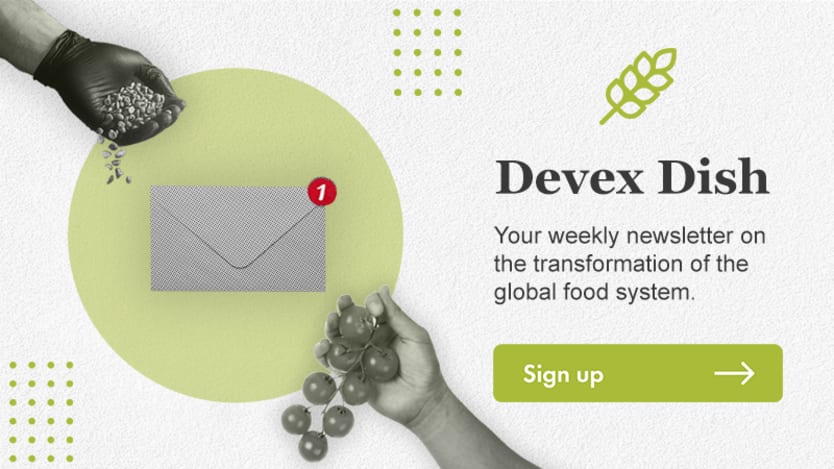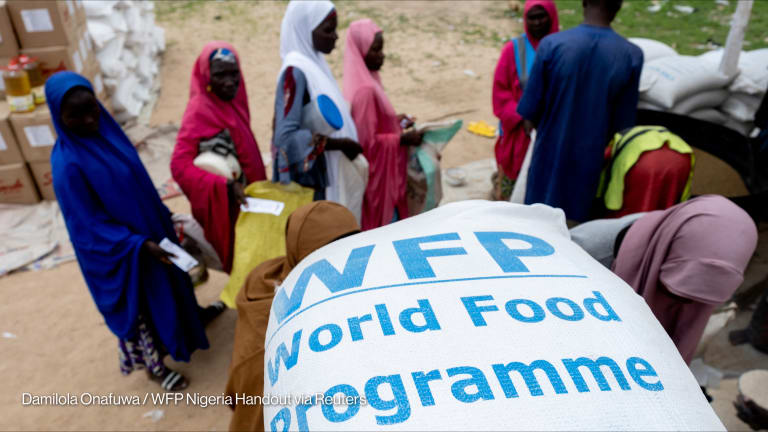
The Food and Agriculture Organization estimates that close to 12% of the global population is facing severe food insecurity. The number of people who are food insecure has risen steadily in the past three years, further complicating the path to global zero hunger by 2030.
Science, technology, and innovation can play key roles in achieving the Sustainable Development Goals, however, investment is needed to develop innovations and roll them out widely.
Earlier this month, the world’s largest global agricultural innovation network CGIAR raised the alarm on the diminishing funding for innovations in agriculture. In a roundtable discussion in Nairobi moderated by The Economist, CGIAR’s leadership made a case for agri-food innovations and the need for increased financing to scale them up.
Marco Ferroni, chair of the CGIAR system board, said the sector was not only underfunded but was also experiencing a decrease in funding. He said that the funding gap for agricultural innovation sits at $15.2 billion annually, and from 2012, investments in agricultural research and development have dropped by 10%.
This is happening despite a warming climate which essentially calls for more investments instead, Claudia Sadoff, the executive director at CGIAR, said.
“We need financing for new innovations. What we see instead is an incredibly yawning gap between what we know we need to invest in research and innovation and what we need to be investing in agricultural innovation,” she said.
She added that though 20-30% of global emissions are from agricultural activities, only 4% of climate funding goes towards agriculture. “This is despite the fact that if we transform intentionally, our food systems could become a sink for global carbon emissions by 2050,” she said.
Sadoff said investments in smallholder farmers are also woefully inadequate.
“Our smallholder farmers, 500 million people across the world, produce a third of our global food supply and we know they sit right on the front lines of climate adaptation and impact but 1.7% of climate finance goes to the benefit of smallholder farmers. Therefore, the trends we are seeing are clear increasing needs,” she said.
While CGIAR’s funding is on a positive trajectory, Sadoff said that its goal is to double its annual research portfolio of just over $900 million to address the urgent needs in food and nutrition security. The organization is banking on additional support from donors to achieve it.
Sadoff said the network recently received an investment from the Bill & Melinda Gates Foundation to build a new mechanism to support capacity sharing and strengthening of national research and extension systems.
“Efforts like this are enabling us to deliver science and innovation in ways that will boost food and nutrition security in and beyond Africa,” she said.
According to a 2022 Malabo Montpellier Panel report, current levels of adaptation financing needs for agriculture, forestry, and land use — or AFOLU — and water sectors in Africa amount to approximately $78 billion — significantly higher than total adaptation flows for AFOLU across the globe which amounted to only $20 billion per year between 2017 and 2018.
The report called on African governments to tap into all domestic and global sources of adaptation finance — including national climate funds, blended public-private finance, and participatory funding structures coupled with innovative policy-design and institutional structures — to meet a shortfall of more than $40 billion to climate-proof food systems.
Johan Swinnen, managing director of systems transformation at CGIAR and director general of the International Food Policy Research Institute, said private sector investments in agriculture could elicit a huge impact.
“There are a lot of investments in the private sector, capital markets, and public investments by governments and international organizations on agricultural subsidies. A lot of that is very inefficient in trying to address what we are trying to address. If we can just repurpose that we can have a major impact,” he said.
With the current funding gaps threatening the achievement of zero hunger by 2030, Sadoff proposed a three-pronged approach to salvaging this deadline.
She said there is a need for sustained development of innovations to farm productivity, livelihoods, and resilience to shocks, continue to build strong partnerships that get innovations and technologies into the hands of millions of smallholder farmers, and unlock more investment.
“This will increasingly mean looking beyond public grants to tap new sources of funding, including private and blended finance mechanisms,” she said.
Update, Dec. 21, 2022: This article has been updated to clarify details about the recent investment from the Bill & Melinda Gates Foundation.









